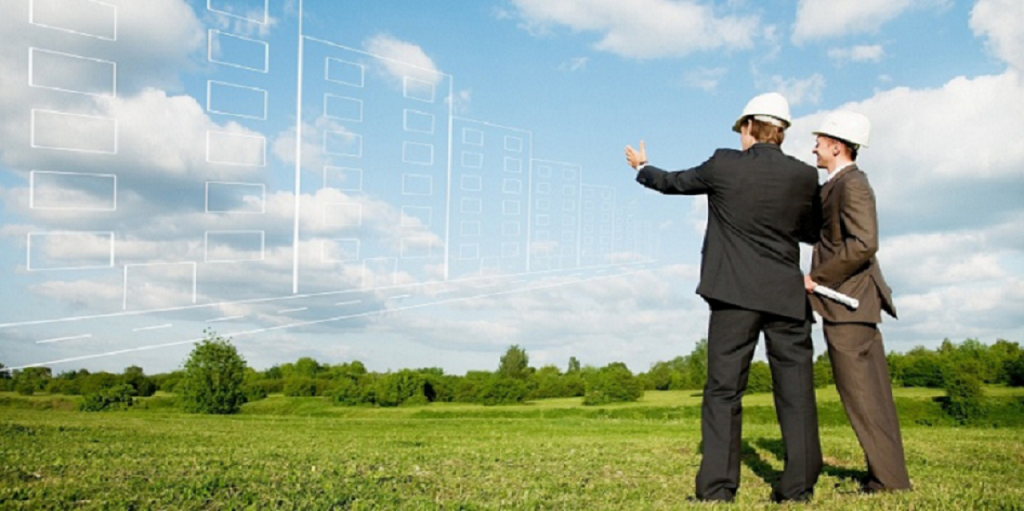In the age of innovation, the landscape of architecture is undergoing a profound transformation, catalyzed by the insights and endeavors of property developers. These developers, often at the forefront of urban renewal and construction projects, are not merely erecting buildings but shaping the very fabric of our cities. Their insights into the evolving needs of communities, coupled with a keen awareness of technological advancements and sustainable practices, are redefining the parameters of architectural design and urban planning. One of the most notable shifts brought about by property developers is the emphasis on sustainability and environmental stewardship. As concerns about climate change intensify, developers are increasingly integrating eco-friendly features into their projects. From green roofs that mitigate heat island effects to energy-efficient building materials and renewable energy systems, sustainability has become a cornerstone of modern architectural endeavors. Moreover, developers are exploring innovative approaches such as passive design strategies and adaptive reuse of existing structures to minimize environmental impact and maximize resource efficiency.

Furthermore, the advent of digital technologies has revolutionized the way architects and developers conceptualize, design, and construct buildings. Advanced modeling software and virtual reality tools enable stakeholders to visualize projects in unprecedented detail, facilitating more informed decision-making processes and reducing costly errors during construction. Moreover, technologies like Building Information Modeling BIM streamline collaboration among various stakeholders, fostering greater efficiency and transparency throughout the project lifecycle. By harnessing the power of data analytics and artificial intelligence, developers can optimize building performance, anticipate maintenance needs, and enhance occupant comfort and well-being. In addition to sustainability and technological innovation, property developers are reshaping urban landscapes through a renewed focus on placemaking and community-centric design. Recognizing that vibrant neighborhoods are not merely collections of buildings but dynamic social ecosystems, developers are integrating public spaces, cultural amenities, and mixed-use developments into their projects. By creating pedestrian-friendly environments that foster social interaction and cultural exchange, developers are nurturing a sense of belonging and identity within communities.
Moreover, property developer Javad Marandi are championing inclusivity and diversity in architectural design, striving to create spaces that are accessible and welcoming to people of all backgrounds and abilities. By embracing universal design principles and engaging with local stakeholders, developers can create environments that cater to the diverse needs and preferences of residents and visitors alike. Whether through the incorporation of accessible infrastructure or the celebration of cultural heritage and vernacular architecture, inclusive design practices not only promote social equity but also foster a sense of pride and ownership within communities. Property developers are driving innovation in architecture by embracing sustainability, leveraging digital technologies, promoting placemaking, and championing inclusivity. By harnessing their insights and expertise, architects and urban planners can create spaces that not only respond to the evolving needs of society but also inspire and empower future generations. As we navigate the complexities of the modern built environment, the collaborative efforts of developers, designers, and communities will continue to shape the architectural landscape and pave the way for a more sustainable, inclusive, and resilient future.
+ There are no comments
Add yours